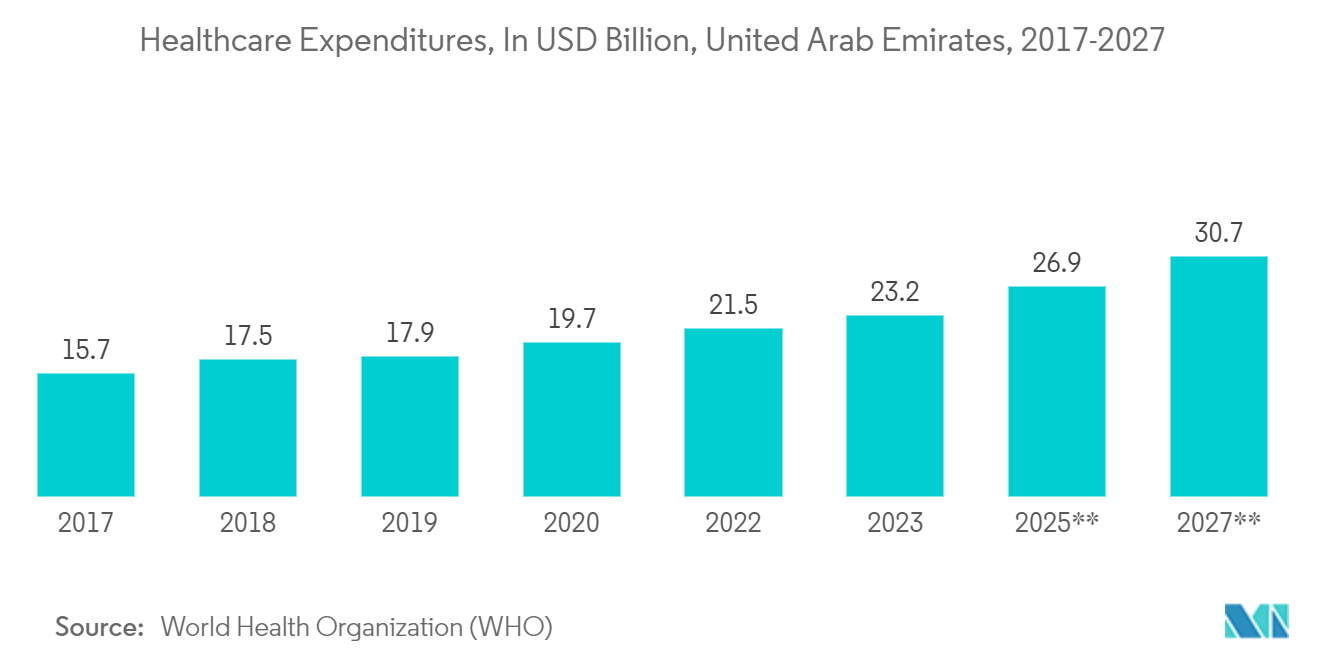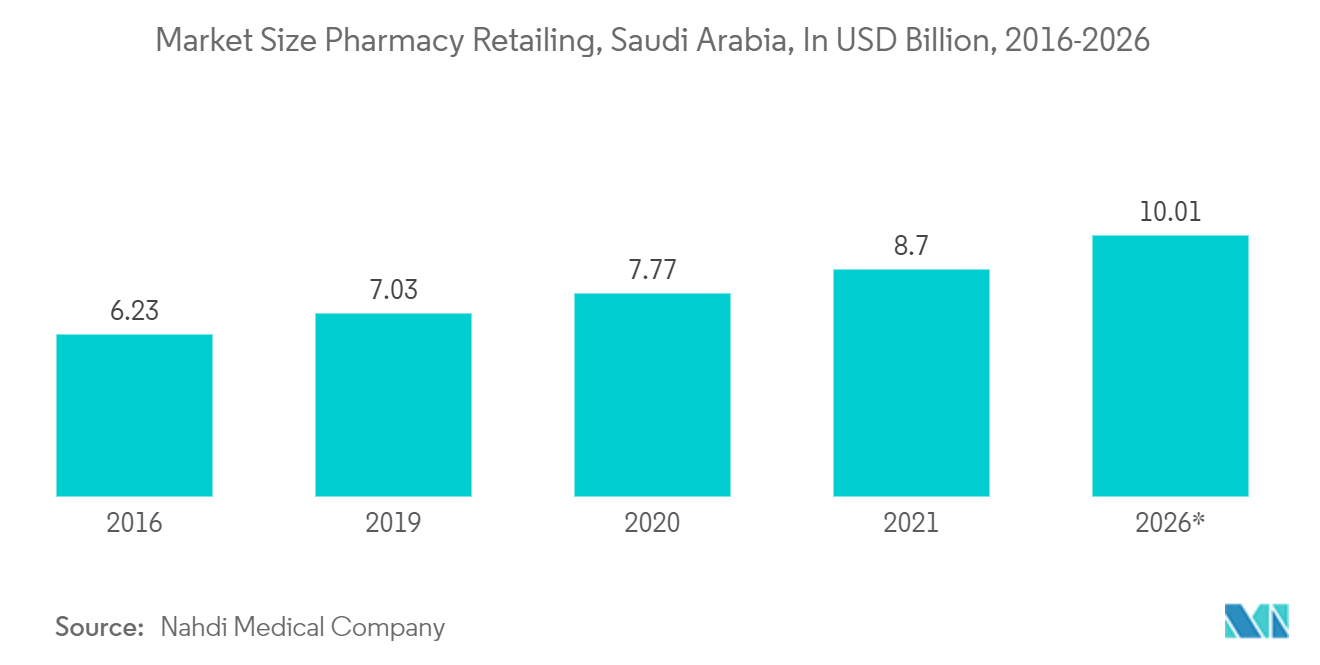Market Trends of MEA Pharmaceutical Plastic Bottles Industry
Polyethylene Terephthalate (PET) is Expected to Witness Significant Growth
- PET bottles are crucial in the healthcare and pharmaceutical industry for storing, transporting, and dispensing medicines, syrups, ointments, and other liquid pharmaceutical products. These bottles are designed to meet stringent quality standards, ensuring the integrity and safety of the products. Many medications, particularly those for children, are formulated as syrups or suspensions.
- PET bottles with calibrated dosage measurements are used to dispense these liquid medications accurately. These bottles often feature child-resistant closures to ensure the safety of young patients.
- The UAE pharmaceutical plastic bottles market is anticipated to reach USD 4.7 billion by 2025, with 23 production facilities and 2,500 domestically made medications. Pharmax Pharmaceuticals monitors the development of the market and its prospects.
- Almost 2,500 items are made locally, and 23 pharmaceutical manufacturing facilities are located in the United Arab Emirates, according to Abu Dhabi holding firm ADQ. Such significant growth in the market would create significant opportunities for various PET bottle vendors to capture the demand.
- The rising expansion activities in the manufacturing facilities of pharmaceutical companies in the region would increase the demand for plastic bottles. In addition, the country’s strategic priority to local vendors for supplying secondary packaging in the region’s health department is creating an opportunity for the proliferation of the plastic bottles market in the pharma sector due to their application in storing, selling, and leveling the products.
- Higher healthcare expenditure generally means more funds allocated toward purchasing pharmaceutical products. This surge in demand will require a proportional increase in packaging solutions, including pharmaceutical plastic bottles. According to WHO, in 2020, the expenditure on healthcare for the United Arab Emirates (UAE) totaled USD 19.7 billion, and it is forecasted to reach USD 30.7 billion by 2027.

Saudi Arabia is Expected to Witness Significant Growth
- Saudi Arabia is widely known as a pharma manufacturing hub in the Middle East. With many domestic and international vendors setting up businesses with local generic manufacturers, there is a scope for robust, secure, organic growth, which is expected to drive the demand for packaging.
- Rising healthcare spending is poised to drive the adoption of packaging technologies. Notably, advancements in plastic bottle manufacturing enhance safety, prolong shelf life, and boost patient adherence. As per the International Trade Administration's data from January 2024, Saudi Arabia commanded a significant 60% share of the GCC's healthcare expenditures.
- Saudi Arabia heavily relied on imported pharmaceuticals to meet its healthcare demands. However, the nation is now actively pursuing self-sufficiency, aiming to reduce imports by incentivizing local research and development investments for pharmaceutical and therapeutic products. Concurrently, several GCC nations, including Qatar, Saudi Arabia, and the United Arab Emirates, are forging strategic partnerships with leading pharmaceutical manufacturers globally, further fueling the growth of their medicine and drug production capabilities.
- Projections from Nahdi Medical Company indicate that by 2026, the pharmacy retailing market in Saudi Arabia will reach SAR 37.6 billion (USD 10.01 billion), up from SAR 32.7 billion (USD 8.70 billion) in 2021. With the expanding pharmacy retailing landscape, the demand for pharmaceuticals, including medications, is set to surge. Consequently, there will be a heightened need for pharmaceutical plastic bottles to package these products while meeting regulatory standards securely.


